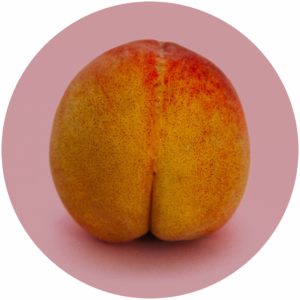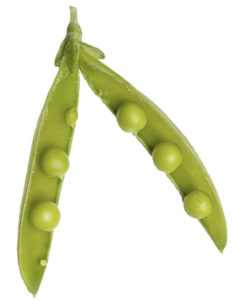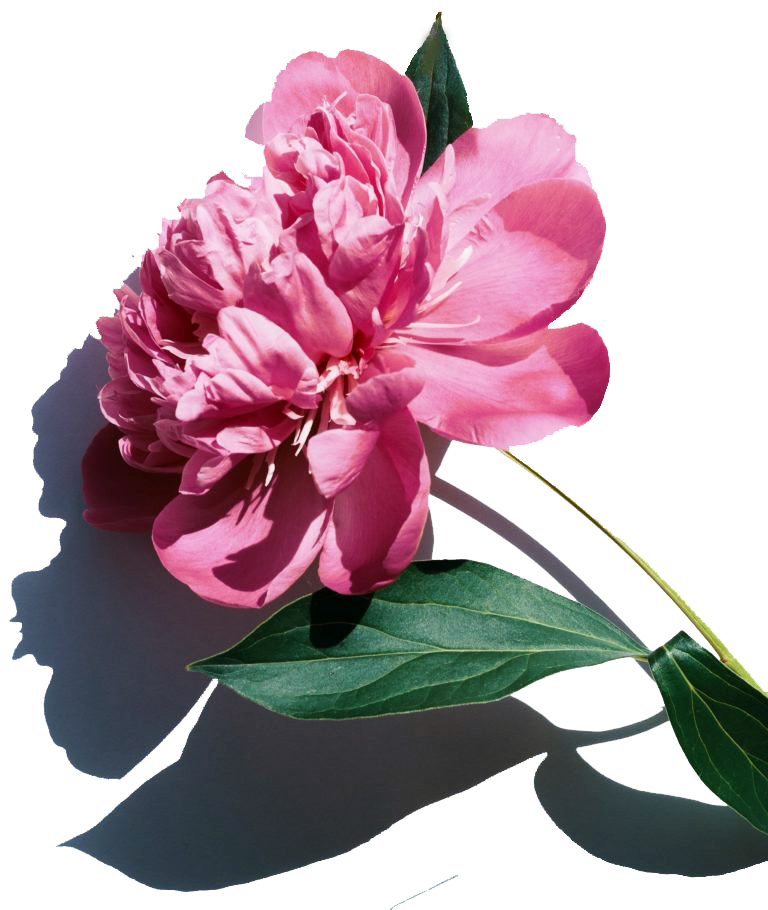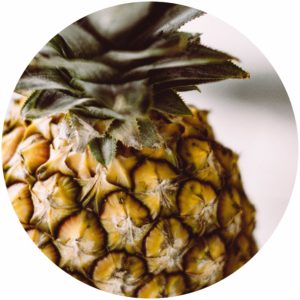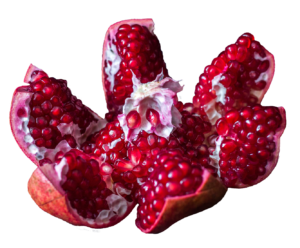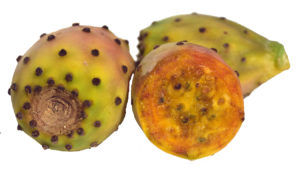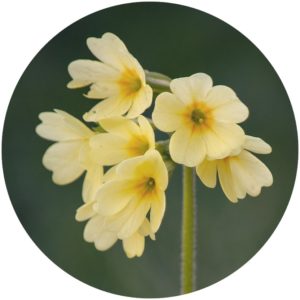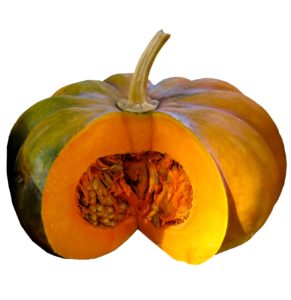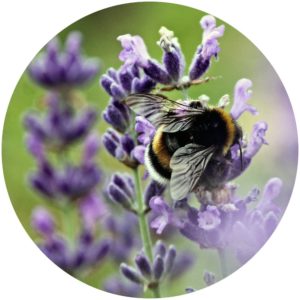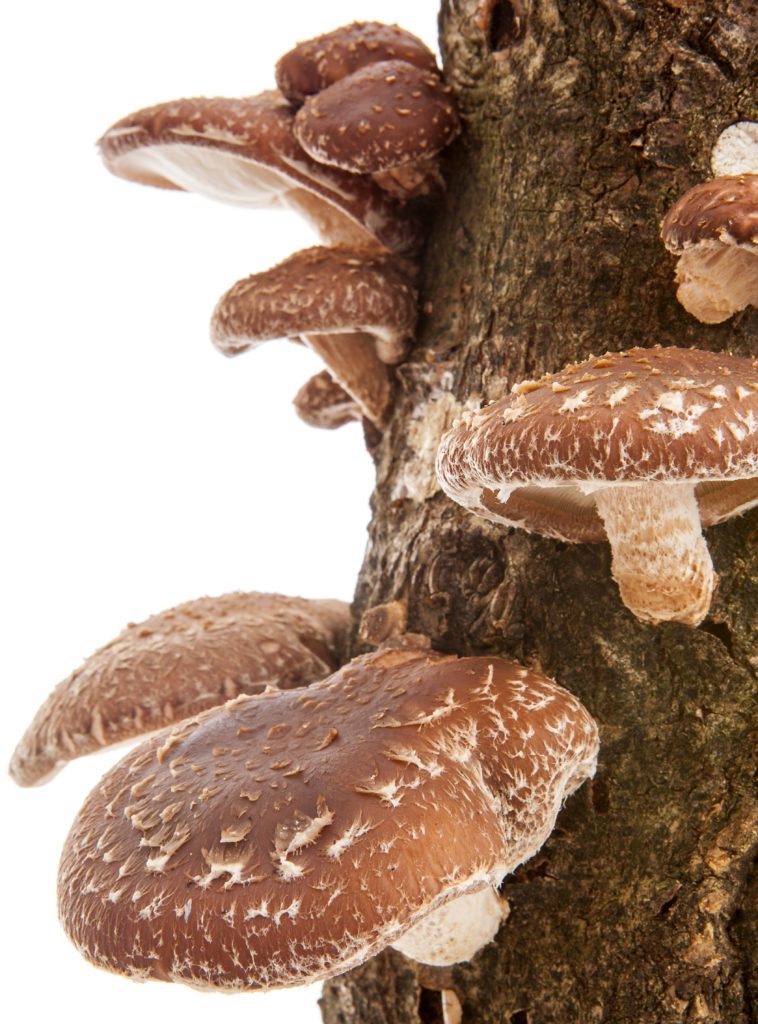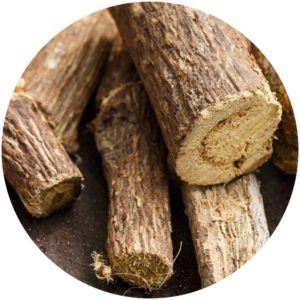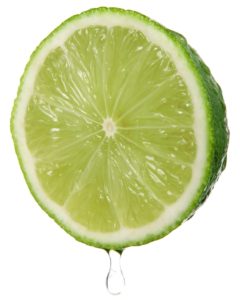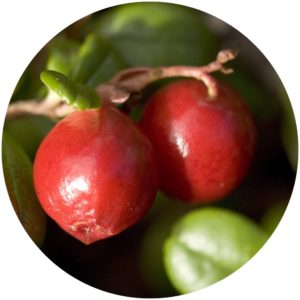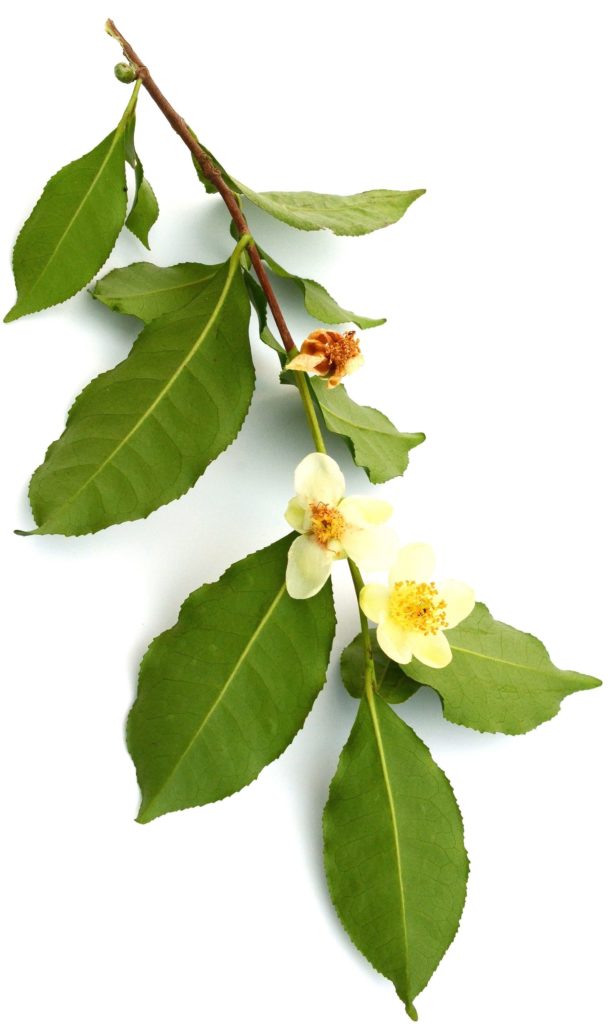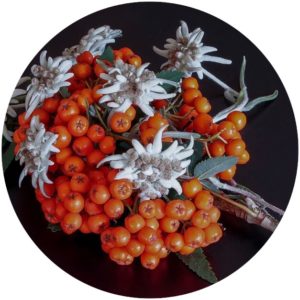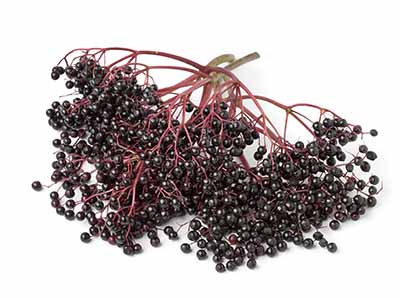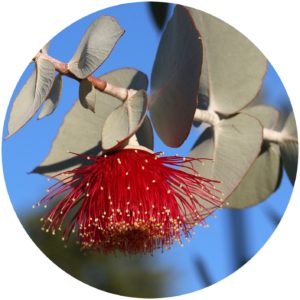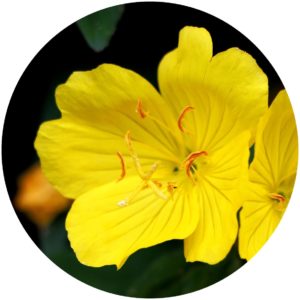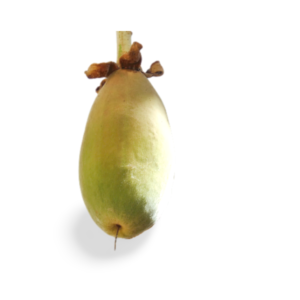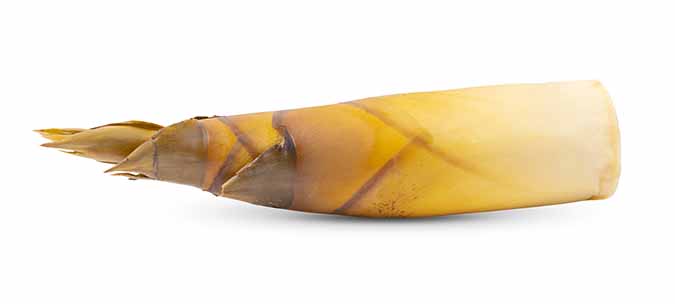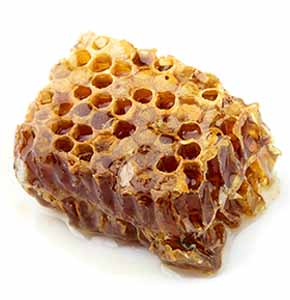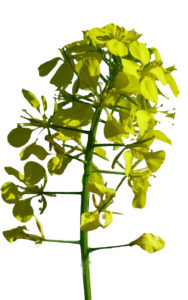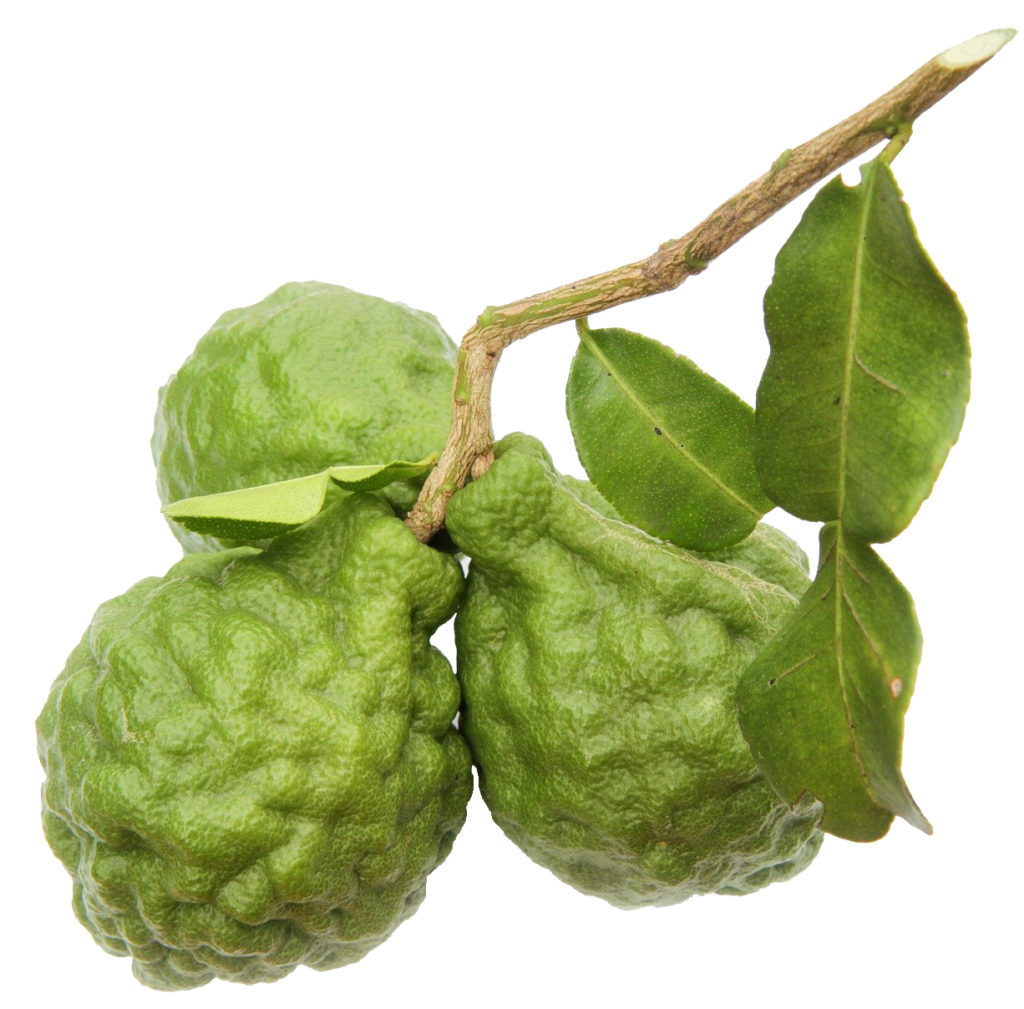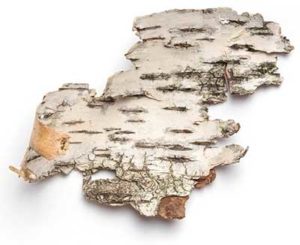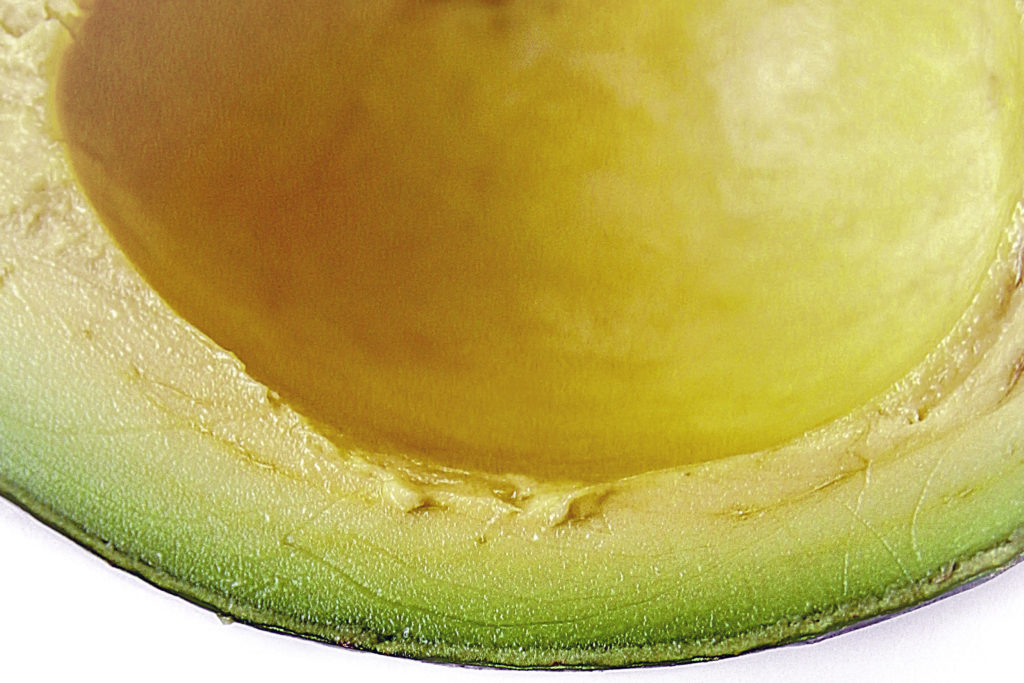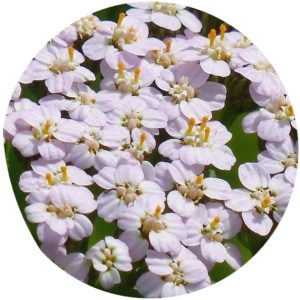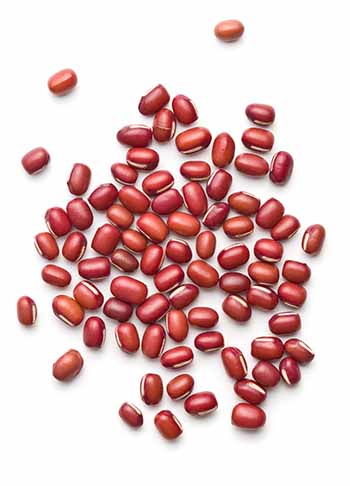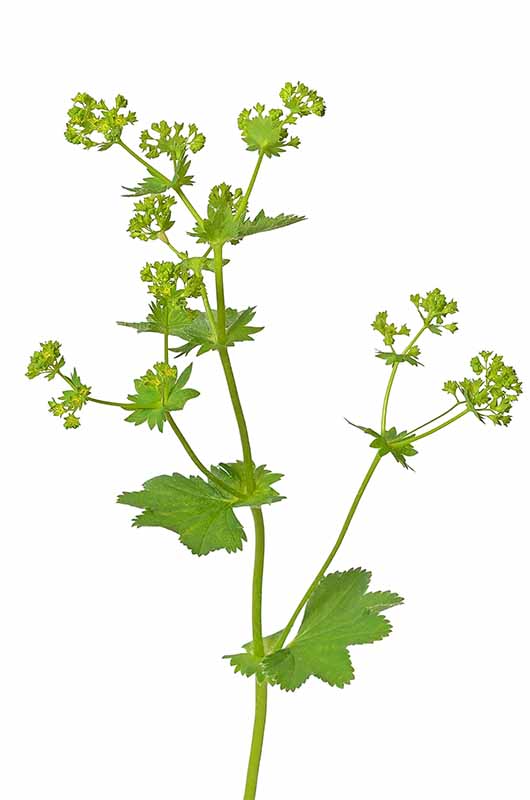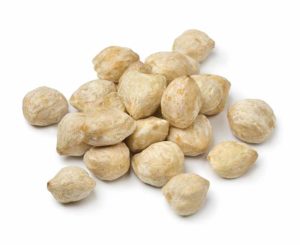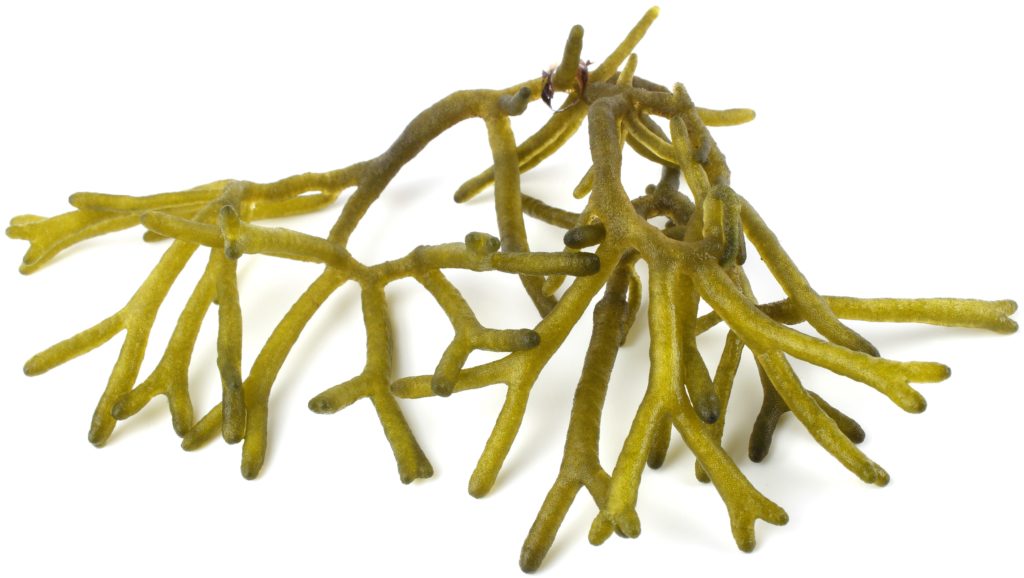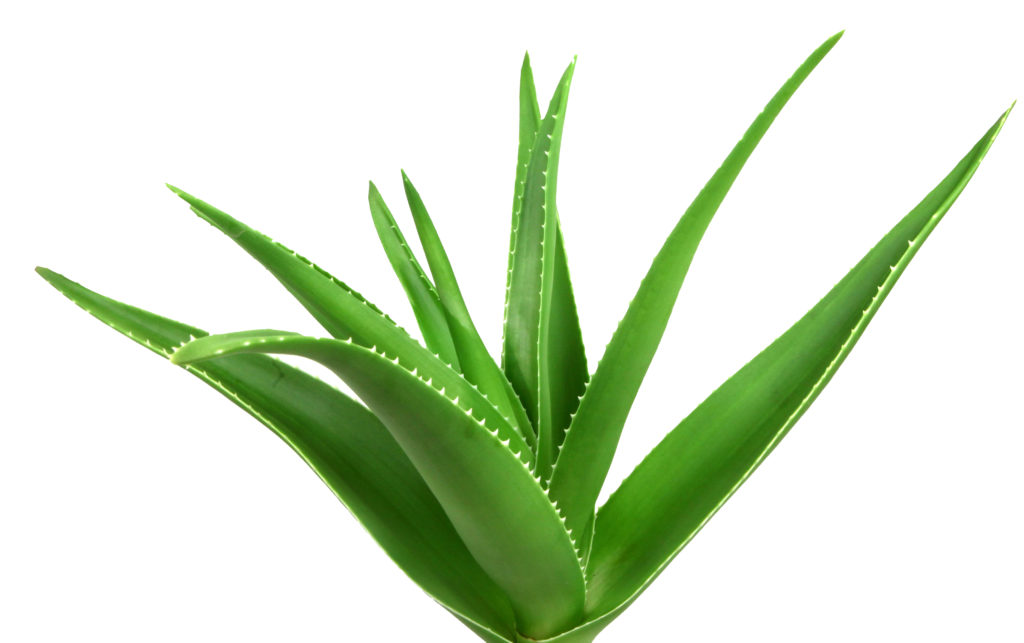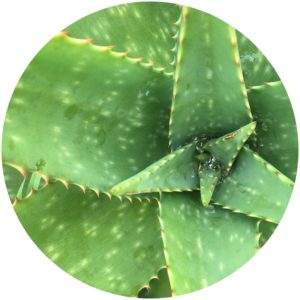Glossary of ingredients & terms found in skincare and haircare.
A | B | C | D | E | F | G | H | I | J | K | L | M
N | O | P | Q | R | S | T | U | V |W| X | Y | Z
P
- Palmitoyl Hexapeptide-14
- Palmitoyl Hexapeptide-14 is a peptide that stimulates collagen production. Palmitoyl Hexapeptide-14 also creates a brighter and more refined skin texture. This peptide can stimulate cell migration, collagen synthesis, and fibroblast proliferation and scaffolding. [1] According to studies, the Palmitoyl Hexapeptide-14 was found to be equal to or more effective than Renova® cream in regard to therapy for fine lines and wrinkles of the periorbital region.[2]
- Palmitoyl tripeptide-38
- Palmitoyl tripeptide-38 is a vegan-friendly manufactured peptide in Matrixyl Synthe’ 6. Palmitoyl tripeptide-38 promotes collagen and hyaluronic acid production. It improves fine lines and wrinkles, most notably forehead lines and crow’s feet.
- Panthenol (Vitamin B5)
- Panthenol is a humectant, emollient, and moisturizer. It is moisture-binding and soothing. Panthenol is the alcohol analog of pantothenic acid (vitamin B5) and is a provitamin of B5. Panthenol penetrates the hair shaft and locks in moisture. It also retains moisture along the hair surface which reflects light for a shiny appearance. The sealed-in moisture plumps the hair shaft which gives the hair a more voluminous appearance. Panthenol makes hair look healthier by boosting shine and plumping the hair shaft. More volume gives even damaged or thinning hair a healthier appearance. [3] For very porous hair, Panthenol behaves like a protein.
Panthenol moisturizes the scalp and is believed to promote cell regeneration. Panthenol makes hair look healthier by boosting shine and plumping the hair shaft. It is a humectant that fosters skin healing. [4]
- Papain Enzyme
- From the Papaya fruit.
- These enzymes gently digest keratinized dead epithelium cells on the skin’surface. This reduces inflammation while maintaining protective lipid layers.
- Papaya Seed Oil
- Papaya Seed Oil is high in linoleic and Behenic acid. Behenic acid prevents hair breakage to keep lashes lush and long.
- Parabens
- Parabens are common preservatives in food and cosmetics to prevent bacteria and fungus formation.
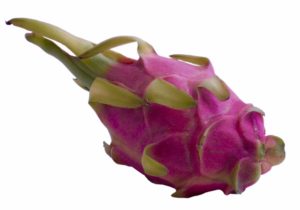
Passionfruit
- Passiflora Edulis
- Passiflora edulis is passionfruit oil. Passionfruit oil soothes dry skin and restores brittle hair.
Passionfruit oil also contains lycopene.
-
Peach Extract
- Peach extract is used as an emollient to make skin soft and smooth. It contains multiple skin-friendly minerals, antioxidants and vitamins including Vitamins A, B, E, and K and lots of C. Calcium helps speed up cell turnover. Peach extract softens skin, treats, and encourages cell repair to keep skin fresh and healthy. Peach extract is rare in skincare because it is a costly ingredient to harvest.
- Pea Peptides
- Pea Peptides, also known as Pisum Sativum, come from the garden pea. Pea Peptides aid the structure of the hair. Pea Peptides minimize UV damage to the scalp. Pea Peptides contain Lysine, important for hair growth promotion at the follicular level and sebum production regulation, which decreases with age. Pea Peptides absorb easily. Pea extract can calm irritated skin. Rich in ellagic and gallic acids, beta-sitosterol, and quercetin it has antioxidant benefits. It protects collagen and elastin which makes it an ideal anti-aging treatment to promote elasticity and improve skin firming.
- Pelargonium Graveolens Extract
- Pelargonium Graveolens Extract is a sweet-scented, rare geranium. It boosts skin elasticity and regulates sebum production. It is a very good antioxidant for the skin. It reduces inflammation by releasing excess water in skin tissue. [5]. The extract is superior to the oil as it removes the possibility of skin irritation due to the fragrance.
- Pelargonium Roseum
- Pelargonium Roseum is rose geranium oil. This formulation uses organic rose geranium oil.
Rose Geranium Oil revitalizes congested and oily skin while being gently soothing dry skin and eczema.
Geranium oil makes skin glow and heals inflammatory skin conditions and topical ingredient induced irritation.[2] It also contains a fatty acid profile that promotes healthy skin cells and reduces wrinkles [3].
- Penthelyne Glycol
- Penthelyne Glycol binds water to the skin.
-
Peony Root Extract
- Peony Root Extract is from the Peony plant. It offers anti-oxidant and anti-inflammatory benefits to fight free radicals. Peony Root Extract promotes skin clarity and brightens the complexion. It contains paeonol, which is antibacterial, anti-fungal, and anti-inflammatory. It is helpful with regenerating skin experiencing sun damage-related issues. While Peony fights free radicals, it is still gentle and safe to layer with actives such as Retinol or Vitamin C.
- Peppermint Oil
-
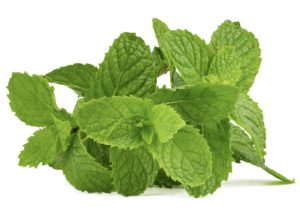
Peppermint
Peppermint oil comes from one of the gentle mints. Peppermint Oil an essential oil that provides an invigorating scent and anti-bacterial properties. Combined with Jojoba it makes a stimulating scalp massage oil. Add a drop Peppermint oil to shampoo for an invigorating, deep cleanse to hair and scalp. On the skin, diluted Peppermint has antiseptic and cooling properties to numb skin to irritation. It is used in some cleansers and shampoos. Peppermint is used in tandem with a carrier oil to help with hair growth as it can help clear blocked follicles and build up on the scalp.
- Peptides
- Peptides are protein fragments that promote collagen growth and repair skin and in some cases hair. Various peptides promote different repair functions. Peptides occur naturally in the body and are contained in skin products to serve as a catalyst or bolster the impact of other active ingredients
- Pequi Fruit Oil
- Pequi fruit oil heals acne scars and eczema. It is rich in fatty acids. It’s rich emollients soothe dry, damaged skin.
Moisturizing and refining, it is high in Vitamin A and E.
- Photoaging, Photodamage
- The changes that occur to the skin due to extended exposure to the sun. This includes wrinkles and age spots.
- Phototherapy
- Phototherapy includes light-based treatment for acne, wrinkles, and various skin conditions. It includes specific nanometers of colored light to treat different issues. Some include Red, blue, green and yellow light therapy. changes that occur to the skin due after extended exposure to the sun. This includes wrinkles and age spots.
- Phyllanthus Emblica Fruit Extract
- Also known as Amla or Indian Gooseberry.
Amla is high in Vitamin C to increase collagen and fades scars. Amla is nutrient-rich and restorative.
- Phytonadione
- Phytonadione is Vitamin K. Vitamin K helps with blood coagulation and circulation. When applied topically, it improves the appearance of under-eye circles. A study in the Journal of Cosmetic Dermatology showed topical Vitamin K works best when paired with other ingredients such as retinol, Vitamins C, E, and the Bs. [6]
-
Pineapple Fruit Extract
- Pineapple Fruit contains extracts that are effective natural exfoliants to slough off dead cells on the surface of the skin while imparting soothing skin benefits.
- Pine Bark
- Bark improves skin hydration and elasticity while decreasing skin fatigue.
- Plant Stem Cells
- Plant stem cells replace damaged cells in the skin. They increase collagen and reduce inflammation.
- Plantain
- A starchy cousin of the tropical banana. They are often called cooking bananas.
Useful when paired with comfrey for collagen-producing and healing action. Plantains also contain magnesium for topical muscle cramp relief.
- Platinum
- Platinum can reach skin layers other ingredients cannot. It binds to peptide ingredients to penetrate into the deepest skin layers. It is where sagging can be repaired by peptides boosting collagen production.
- Plukenetia volubilis seed oil, Pracaxi Oil
- Plukenetia volubilis seed oil is better known as sacha inchi.
Plukenetia volubilis seed oil improves moisture retention and rebuilds skin’s natural lipid barriers. It keeps skin elastic with astounding levels of omega-3s and omega-6s and some omega-9s.
Plukenetia volubilis seed oil contains high levels of behenic acid, an anti-aging superstar. It also contains vitamins A and E.
Plukenetia volubilis seed oil has about three times the essential fatty acid content of coconut oil. This scent-free oil has exceptional moisturizing properties. It works on even chronically dry, sensitive, and irritated skin. [7]
- Polydecenes, Hydrogenated Polydecene
- Polydecenes are synthetic, non-sticky emollients that soften and hydrate skin. Often seen in daytime eye creams. Hydrogenated Polydecene gives a smooth slip and feel to a skincare cream. It is exceptional for improving the look crows feet and fine lines. It does not offer treating benefits but does give a temporary improved appearance.
Polyglyceryl-3 Beeswax
Polyglyceryl-3 Beeswax is an ester of triglycerol and beeswax fatty acids.
- Polyphenols
- Polyphenols are the beneficial anti-aging part of green tea. It reduces sun damage, decreases collagen breakdown and increases cell regeneration. About two cups of green tea a day give optimal Polyphenols, about 240mg.
-
Pomegranate, Pomegranate Sterol
- Pomegranate Sterols is a safe, natural pomegranate based skincare ingredient. Those juicy, jewel-like seeds are arils. Arils are packed with antioxidants, minerals, vitamins A, C, K, and E plus folic acid. Pomegranates contain three times the antioxidants of wine or green tea. [8] Pomegranate Sterol is made by extracting the arils juice. It increases skin barrier formation and improves skin hydration. Testing shows Pomegranate Sterols holds double its’ weight in water. Meanwhile, it delivers impressive collagen-building results.
- Prickly Pear
-
Prickly Pear is a cactus plant superfood packed with skin-enhancing nutrients. It’s antimicrobial benefits reduce acne. [9] It is high in omegas 6 and 9, and vitamin E. Prickly Pear contains amino acids that stimulate collagen production. It’s fatty acids including linoleic acid and oleic acid replenish lost skin lipids to moisturize and restore elasticity. Linoleic acid helps the skin stay hydrated. It also contains vitamin K to brightens under-eye dark circles and promote skin elasticity. As a carrier oil, it helps other active ingredients penetrate the skin. It also serves as a buffer for irritating ingredients. This is useful for sensitive skin types.
- Primula Veris Extract
- Primula Veris Extract is an herb commonly known as cowslip. It has cell-regenerating effects that help skin recover from topical actives. It contains C and beta carotene to even out skin tone and it reduces acne scars.
- Probiotics
- Probiotics are beneficial strains of live bacteria taken in through foods, supplements or applied topically. These improve gut and skin health.
- Propolis
- Propolis is a bee product of saliva and beeswax, sometimes called bee glue. It fights infections and heals wounds. Propolis helps keep skin at its’ best. It causes a slight temporary skin plumping action. It is an increasingly common ingredient in skincare. If you are allergic to bee products, take note.For hair, Propolis Extract is cuticle smoothing, softening, and hydrating. It also causes temporary hair plumping action.
Rich in vitamins, it feeds the hair. Propolis Extract contains the amino acid L-Cysteine which strengthens the hair strand.
- Propylene glycol, polypropylene glycols
- Man-made alcohols that attract and bind water. Humectants, one of the good alcohols.
- Protein
- Protein is a building block for hair and skin.
- Ptosis
- The drooping of a body part. Often refers to drooping eyelids or breasts.
-
Pumpkin Seed Oil
- Pumpkin Seed Oil inhibits DHT production. The oils’ phytosterols inhibit the conversion of testosterone to DHT in the scalp. Delta-7-sterine stops DHT from binding with hair follicles. [10] Pumpkin seed oil also nourishes the scalp. It contains fatty acids, vitamins, proteins, and minerals. It is high in polyunsaturated fatty acids and antioxidants. This maintains cell structure and moisture levels of the scalp and hair. Pumpkin Seed Oil is high in Vitamin E and zinc to promote skin renewal. Zinc reduces scalp issues such as seborrheic dermatitis, dry flakes, itching, and irritation. Pumpkin Seed Oil is best used within a formulation rather than on its own.
- Pycnogenol
- Pycnogenol is a plant extract from pine bark. Topical application enhances skin hydration and elasticity. It binds collagen and elastin, preserving key skin proteins.
REFERENCES
- Fields, K., Falla, T.J., Rodan, K. and Bush, L. (2009), Bioactive peptides: signaling the future. Journal of Cosmetic Dermatology, 8: 8-13. doi:10.1111/j.1473-2165.2009.00416.x
- Ibid
- Davis, M., Thomas, J., van de Velde, S., Boissy, Y., Dawson, T., Jr, Iveson, R. and Sutton, K. (2011), A novel cosmetic approach to treat thinning hair. British Journal of Dermatology, 165: 24-30. https://doi.org/10.1111/j.1365-2133.2011.10633.x
- Mitsuishi, T. , Shimoda, T. , Mitsui, Y. , Kuriyama, Y. and Kawana, S. (2004), The effects of topical application of phytonadione, retinol and vitamins C and E on infraorbital dark circles and wrinkles of the lower eyelids. Journal of Cosmetic Dermatology, 3: 73-75. doi:10.1111/j.1473-2130.2004.00070.x
- American Journal of Essential Oils and Natural Products, June 2014, pages 13-16
- The Journal of Dermatological Treatment, August 2016, pages 1-7; and December 2002, pages 173-178
- D. Banov, F. Banov, A.S. Bassani, Case Series: The Effectiveness of Fatty Acids from Pracaxi Oil in a Topical Silicone Base for Scar and Wound Therapy, Dermatol. Ther. [Heidelb], vol. 4, pp. 259-269, 2014.)
- Antioxidant Activity of Pomegranate Juice and Its Relationship with Phenolic Composition and Processing  MarÃa I. Gil,†, Francisco A. Tomás-Barberán,†, Betty Hess-Pierce,‡, Deirdre M. Holcroft,§ and, and Adel A. Kader*, Journal of Agricultural and Food Chemistry 2000 48 (10)
- Koubaa, M., Mhemdi, H., Barba, F.J., Angelotti, A., Bouaziz, F., Chaabouni, S.E. and Vorobiev, E. (2017), Seed oil extraction from red prickly pear using hexane and supercritical CO2: assessment of phenolic compound composition, antioxidant and antibacterial activities. J. Sci. Food Agric., 97: 613-620. doi:10.1002/jsfa.7774
- Young Hye Cho,1, et al, Effect of Pumpkin Seed Oil on Hair Growth in Men with Androgenetic Alopecia: A Randomized, Double-Blind, Placebo-Controlled Trial, Evidence-Based Complementary and Alternative Medicine Volume 2014, Article ID 549721, 7 pages

